What is CRPS - Complex Regional Pain Syndrome?
The International Association for the Study of Pain’s article, What is Complex Regional Pain Syndrome – in plain English; states –
Complex: Many, many different problems have been identified in people with CRPS. These problems can be severe and usually involve many of our biological systems. This makes the situation complex.
Regional: The symptoms of CRPS are almost always confined to a particular region of the body. The arm or the leg is the most commonly involved region. Sometimes CRPS of one arm spreads to the leg on the same side of the body. Sometimes it spreads to the opposite arm, in which it usually ‘mirrors’ the other one.
Pain: CRPS is exquisitely, severely, painful. Like the other symptoms, the pain is confined to the affected limb or limbs. Often the skin is too tender to touch and the whole limb is too painful to move. In fact, sometimes the limb is too painful to even imagine moving.
Syndrome: A syndrome is a pattern of symptoms that often occur together. Normally, the reason that something is called a syndrome is that we do not know what causes it, we just know that this pattern of symptoms occurs together and usually at the same time.
So, CRPS is the name given to a pattern of symptoms that often occur together”.
Read more here.
CRPS in various forms.
These images demonstrate some CRPS symptoms.
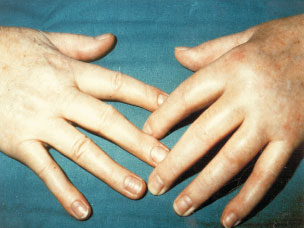
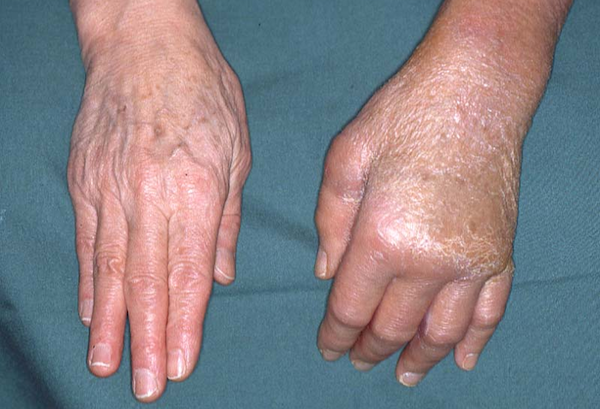
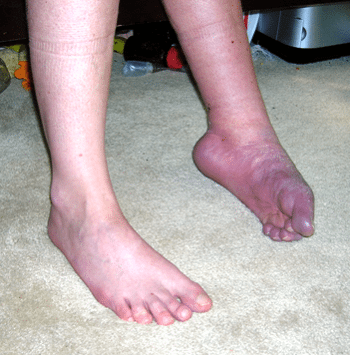
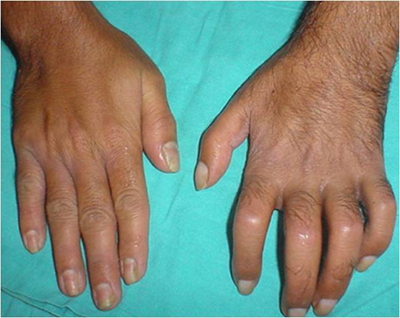
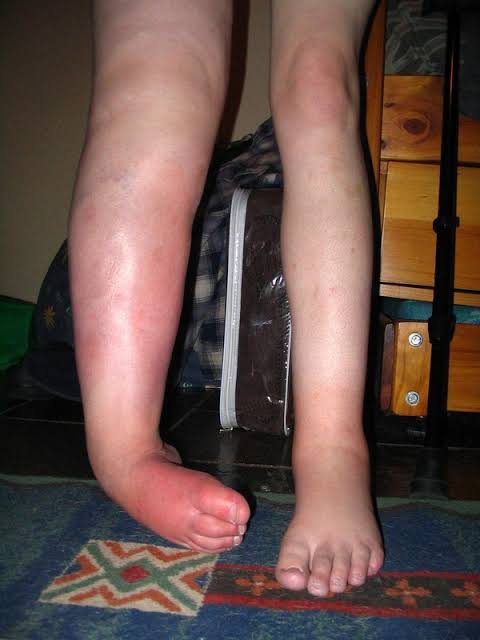
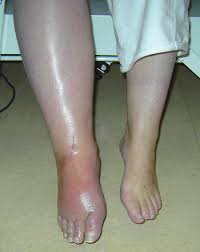
The Lived Experience of CRPS.
CRPS Awareness – The Purple Bucket Foundation Inc. is very much based on Lived Experience. The lived experience of CRPS, chronic pain, being a carer, a family member, a partner, a friend or a parent. Any one of us could, and would, hold space with you should the need arise.
Why do we consider lived experience so important?
It helps us know the types of questions that may be asked and those that are being asked.
It helps us to recognise changes or projects that may be required.
Lived experience is the pulse of our CRPS community.
With her choice of PhD topic Dr Colleen Johnston-Devin achieved what had never been done before, comprehensively examining CRPS from a lived experience perspective. We have joined Dr Johnston-Devin her team and associates as they continue her CRPS Lived Experience Research.
From their research, Dr Johnston-Devin and her team also published – Educational Considerations for Health Professionals to Effectively Work with Clients with Complex Regional Pain Syndrome, an exploration of what people living with Complex Regional Pain Syndrome think health professionals should know about their condition to provide appropriate care. (Published 2022 from 2019 research).
Signs and Symptoms of CRPS
- Continuous burning or throbbing pain, usually in the arm, leg, hand or foot
- Sensitivity to touch or cold
- Swelling of the painful area
- Changes in skin temperature — alternating between sweaty and cold
- Changes in skin colour, ranging from white and blotchy to red or blue
- Changes in skin texture, which may become tender, thin or shiny in the affected area
- Changes in hair and nail growth
- Joint stiffness, swelling and damage
- Muscle spasms, tremors and weakness (atrophy)
- Decreased ability to move the affected body part
Symptoms may change over time and vary from person to person. Pain, swelling, redness, noticeable changes in temperature and hypersensitivity (particularly to cold and touch) usually occur first. Over time, the affected limb can become cold and pale. It may undergo skin and nail changes as well as muscle spasms and tightening. Once these changes occur, the condition is often irreversible. CRPS occasionally may spread from its source to elsewhere in the body, such as the opposite limb. In some people, signs and symptoms of CRPS go away on their own. In others, signs and symptoms may persist for months to years. Treatment is likely to be most effective when started early during the illness.
What causes CRPS?
One theory suggests that something goes wrong with the inflammatory response after a minor injury so that it winds up until the whole protective system is very sensitive. Another theory is that CRPS results from psychological weakness, and another is that it relates to certain personality types. The last two theories have been proven wrong.
It is also possible that there are several potential causes of CRPS. We don't know.
What we do know is that the response to tissue trauma (injury) is excessive. We know that the autonomic nervous system (the system that controls blood flow to your body) is probably involved by altered sensitivity to adrenaline. We know that the immune system is involved. We understand that the system that controls movement is involved. Last but not least, we know that the pain system is engaged.
Occurrences of CRPS.
CRPS typically occurs as a result of a trauma or an injury.
CRPS occurs in two types, with similar signs and symptoms but different causes:
- Type 1. It occurs after an illness or injury that didn't directly damage the nerves in the affected limb. About 90% of people with CRPS have type 1.
- Type 2. Has symptoms similar to those of type 1. However, type 2 CRPS occurs after a distinct nerve injury.
Many cases of CRPS occur after a forceful trauma to an arm or a leg. This can include a crushing injury or a fracture. Other major and minor traumas — such as surgery, heart attacks, infections and even sprained ankles — also can lead to CRPS. It's not well understood why these injuries can trigger CRPS.
Not everyone who has such an injury will go on to develop CRPS.
Is delayed diagnosis a problem?
Harold Breivik and Audun Stubhaug of the University of Oslo and Oslo University Hospital believe it is, as CRPS is still being left unrecognised and undiagnosed due to a lack of knowledge within the medical industry is harmful.
"The longer a CRPS lasts without helpful treatment, the more complex the pain condition becomes due to secondary complications. Treatment becomes even less effective when diagnosis is delayed."
Lars K. Lunden, Inge P. Kleggetveit and Ellen Jorum believe diagnosis of CRPS is frequently delayed, and patients are often subjected to unnecessary surgery and worsening of the pain condition. There is a strong need for the spread of information about the diagnostic criteria of CRPS and a more careful consideration of indications for post-injury orthopedic surgery in patients with CRPS.
